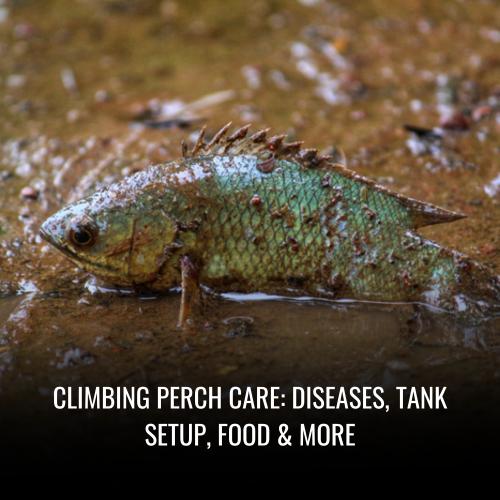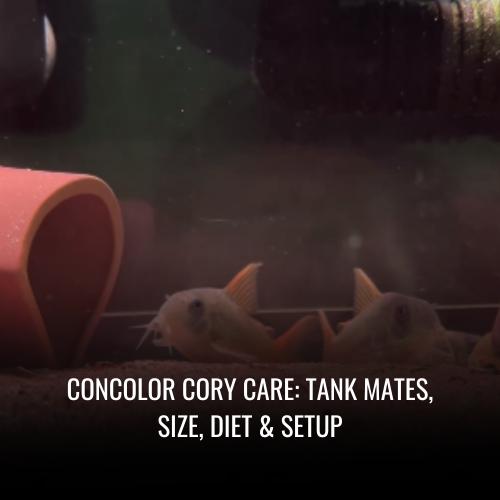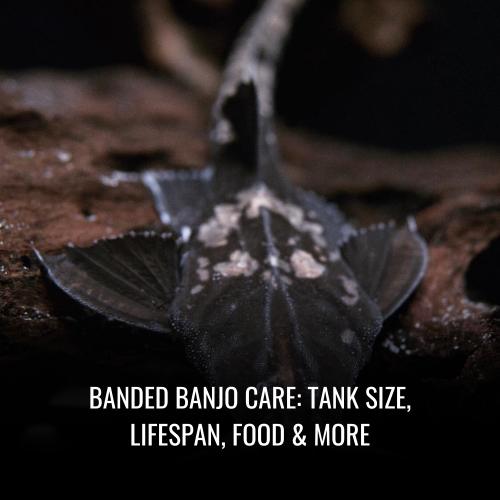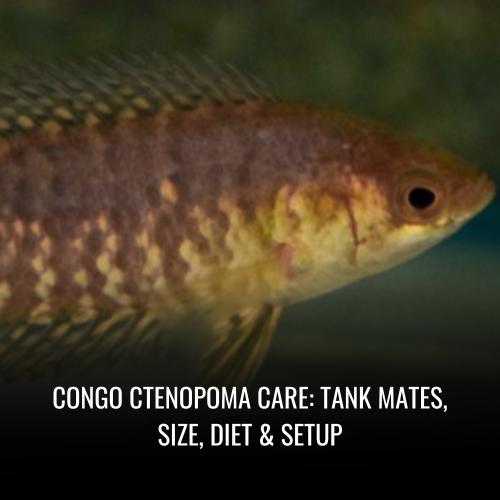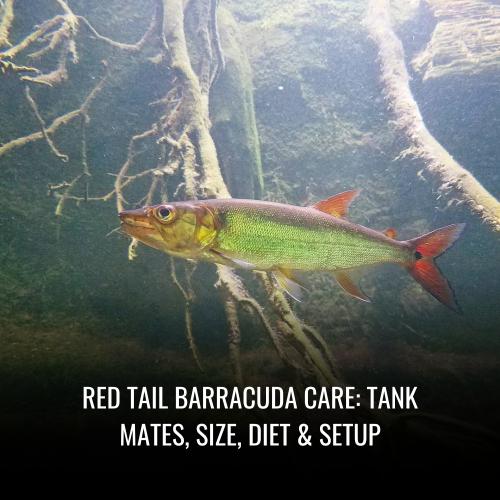Emerald catfish Care: tank mates, Diseases, Food
This post contains affiliate links. As an Amazon Associate, we earn from qualifying purchases.
Emerald catfish, known scientifically as Brochis splendens, is a peaceful community fish that hails from the waters of South America. Revered for their vibrant green body and peaceful demeanor, these catfish make a fantastic addition to community aquariums. They are often mistaken for the similar-looking Emerald Green Cory but can be distinguished by their larger size and the slightly different shade of green they exhibit.
These fish thrive in groups and prefer to be kept with other non-aggressive fish. Ideal for beginners, they can live up to 13 years when cared for properly. Their main requirements are a minimum tank size of 20 gallons to allow ample room for their social nature and a well-maintained water level with appropriate filtration to keep the environment clean from uneaten food and waste.
Here’s a compact profile table for the Emerald catfish:
| Characteristic | Details |
|---|---|
| Scientific name | Brochis splendens |
| Common name | Emerald catfish |
| Family | Callichthyidae |
| Usual size in fish tanks | 2 3/4 – 3 inches |
| Recommended pH range | 6.5 – 7.5 |
| Recommended water hardness | 2 – 25 dGH |
| Recommended temperature | 72°F – 79°F (22°C – 26°C) |
| Reproduction | Egg-layer |
| Origin | South America |
| Temperament to own species | Peaceful |
| Temperament to other species | Peaceful |
| Usual place in tank | Bottom |
| Lifespan | Up to 13 years |
| Tank size requirement | 20 gallons minimum |
| Filtration system | Required; they are sensitive to ammonia |
| Sexual dimorphism | Females tend to be larger |
| Substrate cleaning | Yes, they are bottom dwellers |
Feeding them is straightforward, as they are not picky eaters and will thrive on flake food or baby brine shrimp. It’s sufficient to feed them once a day, being careful not to overfeed as they will scavenge for leftovers, potentially leading to water quality issues. Don’t forget to explore shipping options if you’re considering adding these delightful armored catfishes to your aquarium.
Scientific Name
The Emerald Catfish, an alluring freshwater fish native to South America, is scientifically recognized as Brochis splendens. Part of the diverse Callichthyidae family, this species is often referred to by the common name Emerald Green Catfish, hinting at its striking green body coloration that makes it a jewel in any aquarium setting.
Below is a quick reference table for the scientific classification:
| Classification Level | Scientific Name/Group |
|---|---|
| Family | Callichthyidae |
| Genus | Brochis |
| Species | Brochis splendens |
In the world of ornamental fish, precise scientific nomenclature is crucial as it avoids confusion and ensures hobbyists and researchers are referring to the same species, despite the myriad of common names that may exist for a single fish. Notably, unlike the well-documented Emerald Catfish, the scientific name for other ornamental species, such as the Blood Parrot Cichlid, remains officially unclassified—an exception in the otherwise strict scientific taxonomy of the aquatic world.
Average Size
The Emerald Catfish, a serene addition to community aquariums, is recognized for its manageable size. Upon reaching adulthood, the typical Emerald Corydoras, or Emerald Green Cory, spans between 2.8 and 3.2 inches (7-8 cm) in length. Yet, the larger females can surpass their counterparts, reaching up to 3 ½ inches (9.0 cm). Hobbyists often procure these peaceful fish when they are juvenescent, normally measuring around one inch (2.5 cm).
As for body width, an adult Emerald Catfish can vary notably in size. The diameter can approximate the dimensions of a dime for the smaller fish, growing to nearly a nickel’s breadth for more substantial individuals. Given this growth scope, it’s essential to provide them ample space for comfortable living.
An ideal habitat for a school of these green catfish, which are often kept in groups of six or more, is a minimum tank size of 55 gallons. This volume caters to their collective size and vivacious behavior. Here’s a concise reference for their size:
| Measurement | In Inches (Approximate) |
|---|---|
| Adult Length | 2.8 – 3.5 |
| Juvenile Length | 1.0 |
| Adult Width | Diameter of a dime to nickel |
Remembering their larger size, especially for females, is vital when planning a community aquarium to ensure all inhabitants have adequate space to thrive.
Lifespan
The Emerald Catfish, popular in peaceful community fish tanks, boasts a lifespan that varies based on care level. Typically, an Emerald Cory or Emerald Green Cory can expect a life of five years. However, thorough and consistent care can extend their existence to approximately 13 years, a testament to the impact of a dedicated fishkeeper.
Unfortunately, it is not rare for these South American catfish to experience a shortened lifespan, sometimes succumbing shortly after their introduction to a new tank. Such early demises are often due to the stress from abrupt changes in water conditions such as temperature and pH levels.
For aquarists aiming to maximize the lifespan of their Emerald Catfish, a crucial step is to match the temperature and pH of the tank to the parameters of the fish’s original habitat. Consistent, quality water conditions play a profound role in promoting longevity.
Below is a quick reference to help maintain the ideal environment for Emerald Catfish:
| Requirement | Optimized Condition |
|---|---|
| Water Temperature | Match to original habitat |
| pH Level | Match to original habitat |
| Regular Maintenance | Essential for longevity |
Embrace these guidelines and watch your serene green companions flourish in your freshwater community aquarium.
Natural Habitat
The emerald green cory catfish, a tranquil gem from the Amazon River basin of South America, thrives in a tropical climate. It resides in slow-moving, oxygen-rich rivers with an abundance of vegetation. Staying near the banks away from strong currents, this fish enjoys the safety and bounty provided by sheltered environments.
Engaged in their natural behavior, these catfish are often seen rummaging through mud or leaf litter on the river bottom. They are inquisitive foragers, searching for insect larvae, small crustaceans, and worms to feast on. The variegated habitat, comprising both expansive rivers and intimate streams, offers them a diverse buffet, essential for their wellbeing.
For an Emerald Catfish to prosper within an aquarium, replicating these conditions is crucial. Here’s a snapshot of their preferred parameters:
| Parameter | Optimal Range |
|---|---|
| pH Level | 5.8–8.0 |
| Water Hardness | 2–30 dGH |
| Temperature | 22–28 °C (72–82 °F) |
By maintaining the environment close to their natural setting, aquarists can create a haven for these peaceful green catfish to thrive, echoing the richness of their origins in South America.
Appearance
The emerald catfish, known for its vibrant green body and shimmering scales, boasts a sleek, armored appearance endemic to American catfish. Adult specimens of the Brochis splendens, also known as the Emerald Green or Emerald Brochis, display a deeper hue of green, with a more pronounced metallic sheen. They possess a robust, yet elegant form, with a stout head and a rounded snout, which is aesthetically pleasing against the backdrop of a community aquarium.

Juvenile fish may show a more subdued coloration which intensifies with maturity. Their size is generally larger than their Corydoras relatives, making them a standout addition to a freshwater setup.
| Feature | Description |
|---|---|
| Body Color | Vibrant green with metallic sheen |
| Size | Larger compared to Corydoras |
| Shape | Robust, armored body with stout head |
| Snout | Rounded |
| Special Trait | Shimmering scales |
The emerald catfish’s distinctive appearance makes it an attractive and peaceful community fish that is suitable for both novice and experienced aquarists.
Behavior & Temperament
Emerald catfish, famously recognized as peaceful and sociable freshwater fish, exhibit a calm temperament that contributes to their popularity among aquarium enthusiasts. Their behavior in the fish tank is notable for their preference to sift through the substrate in a cohesive, non-aggressive manner. Emerald catfish are often seen foraging together for food, exemplifying their cooperative nature. It’s essential to create an environment that caters to their gentle and non-confrontational lifestyle, ensuring that these aquatic creatures flourish in communal harmony.
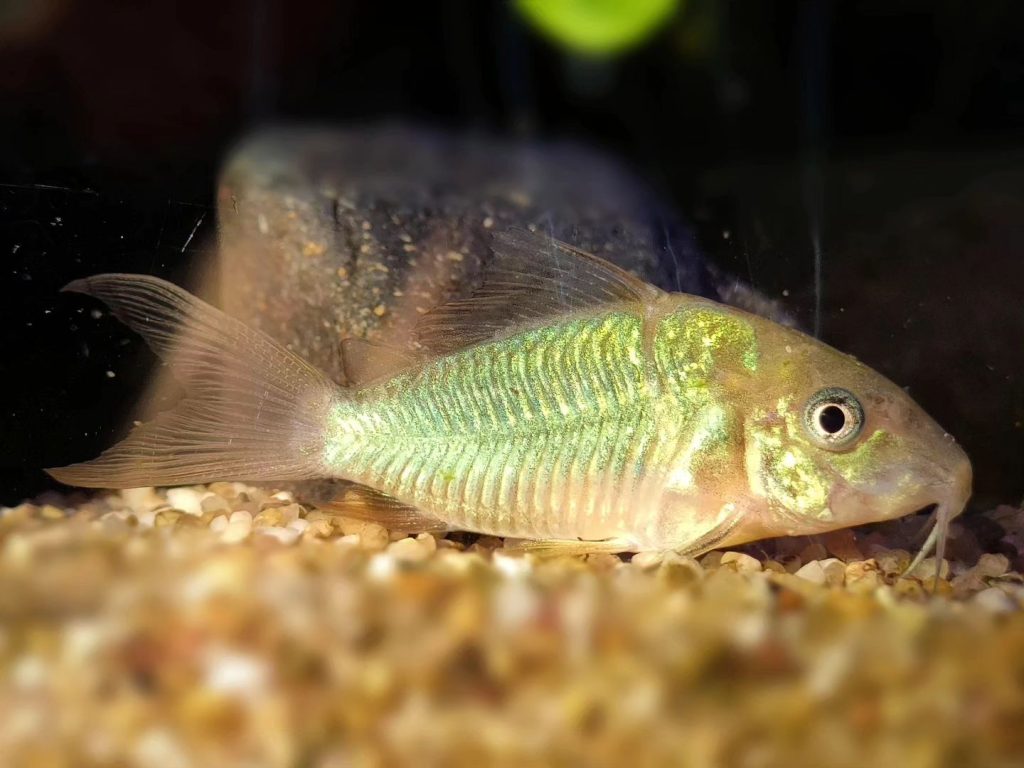
Are Emerald catfish Fin Nippers?
Emerald catfish are known for their peaceful disposition and are not considered fin nippers. They cohabit well with other species that share their tranquil temperament, especially those that won’t outcompete them for food due to size disparity. With their larger build compared to smaller Corydoras species, emerald catfish can peacefully vie for meals without resorting to fin-nipping or other forms of aggression.
Are Emerald catfish Aggressive To Each Other & Other Fish?
Emerald catfish are renowned for their tranquil and amicable nature both among their kind and with other peaceful community tank inhabitants. They lack aggression towards each other and tend to shy away from conflicts. While they might be targeted by more aggressive fishes such as Oscars or Jack Dempsey, emerald catfish themselves do not exhibit aggressiveness and can thrive alongside similarly peaceful fish.
Are Emerald catfish Friendly To Each Other & Other Fish?
These emerald-hued beauties radiate friendliness, demonstrating amiable behaviors to fellow tank mates and particularly towards members of their own species. They display social interactions without any signs of territoriality or hostility, enhancing the serene ambiance of a community aquarium. Due to their peaceful nature, it is essential to house Emerald catfish with species that reflect their affable ethos and won’t pose a threat due to predatory or territorial tendencies.
Are Emerald catfish Schooling Fish?
Indeed, Emerald catfish are known to be schooling fish, flourishing in group settings. It is advised to maintain them in schools of at least six individuals, which not only mirrors their natural inclinations but also bolsters their activity levels and overall happiness. The presence of conspecifics induces a sense of security and encourages typical shoaling behavior, making them a delightful spectacle in the home aquarium.
Can You Have Just One Emerald catfish In The Tank?
It is not advisable to keep a single Emerald catfish in a tank due to their inherent schooling behavior. Isolated individuals may experience stress, leading to a decline in health and well-being. These catfish naturally seek companionship; thereby, a solitary life is contrary to their social inclinations and could inhibit their natural behavior, potentially causing anxiety and stress.
Do Emerald catfish Need To Be In Groups?
To ensure the welfare and natural behavior of Emerald catfish, they unequivocally need to be kept in groups. A minimum of three is required to provide a basic level of social interaction, although larger schools are preferable. A shared, cohesive living arrangement not only mirrors their natural habitat but also facilitates a dynamic and thriving community within the confines of an aquarium.
| Group Size | Impact on Emerald Catfish |
|---|---|
| Single fish | Increased stress and anxiety |
| Small group (3) | Minimum for social interaction |
| Larger schools (6+) | Ideal for natural behavior and well-being |
Food & Diet
Emerald catfish, also known as Brochis splendens or Emerald Green Cory, exhibit a diverse dietary habitat as omnivores. In their natural South American waterways, they consume a variety of foods, including worms, crustaceans, insect larvae, and plant matter. When translating their diet to a community aquarium setting, it’s essential to mimic this variety to maintain their health and vibrant green body.
Aquarists should ensure their diet consists of high-quality sinking pellets or flake food specifically formulated for bottom dwellers to meet their nutritional needs. Supplementing with live and frozen fare such as brine shrimp, blood worms, or daphnia can provide essential proteins and mimic their natural hunting behaviors. It’s also suggested to include occasional vegetable matter, with algae wafers serving as an appropriate option, albeit not as a staple since they do not actively consume significant algae growth.
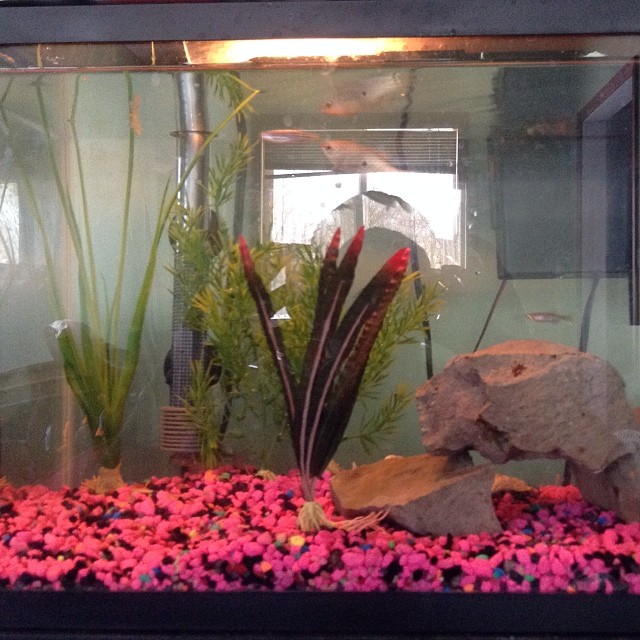
Feeding these green catfish entails careful consideration of not just what they eat but how much and when. Below is a diet recommendation table to keep the fish healthy and satiated in a gallon tank, which should match their minimum tank size requirements:
| Food Type | Frequency | Notes |
|---|---|---|
| Sinking Pellets/Flake | Daily | Main diet; feed enough to consume in 5 minutes |
| Live Foods | 2-3 times per week | As treats, enhances natural diet |
| Frozen Foods | 2-3 times per week | Alternative to live food; provides necessary protein |
| Algae Wafers | Occasionally | Supplement to diet; not a primary food source |
| Vegetable Matter | As part of main diet | Provides essential fiber |
Do Emerald catfish Eat Algae?
Emerald catfish are often assumed to be algae eaters due to their bottom-feeding nature; however, they do not actively eat the algae that may grow on the walls and substrates of aquariums. While they might occasionally nibble on sinking algae wafers provided as part of their diet, these wafers should be considered supplements rather than primary food sources. To maintain an algae-free tank, additional cleaning measures should be taken, as relying on Emerald catfish for this task will result in an insufficiently clean environment for these freshwater fish.
Do Emerald catfish Eat Shrimp?
In the wild, Emerald catfish consume small crustaceans, which indicates they might eat shrimp if given the opportunity in an aquarium. In captivity, shrimp pellets are a common component of their diet, and they will also accept live and frozen shrimp, such as brine shrimp, as a special treat. However, aquarists should note the larger size of Emerald catfish; they are generally peaceful and not aggressive hunters, so they are unlikely to prey on healthy, adult shrimp that are tank mates.
Do Emerald catfish Eat Mosquito Larvae?
Emerald catfish’s omnivorous diet includes small invertebrates like mosquito larvae in their natural habitat. Hence, feeding them mosquito larvae in captivity is a suitable way to enrich their diet and stimulate their natural feeding behavior. Live or frozen mosquito larvae can be given occasionally as a high-protein treat, contributing to a balanced diet alongside their mainstay of flake food or sinking pellets.
Do Emerald catfish Eat Planaria?
The diet of Emerald catfish in their native South American ecosystems consists of small worms and benthic crustaceans, which suggests that they may naturally consume planaria in the wild. In an aquarium, if planaria are present, these catfish may opportunistically feed on them. However, planaria are not a required or staple food source; hence, their diet should not be reliant on the presence of these flatworms. Emerald catfish will thrive on a diet comprising a variety of live, fresh, and flake foods as previously described.
Do Emerald catfish Eat Plants?
While Emerald catfish do feed on plant matter in the wild, it’s important to clarify that they are not herbivores and do not focus on eating live plants in the aquarium. Their foraging may include the occasional ingestion of plant-based material, but they are not known to cause harm to aquatic plants. Instead, their plant consumption mainly comes from provided vegetable matter, such as sinking algae wafers or blanched vegetables, ensuring they receive all necessary nutrients without impacting the aquascaping of their environment.
Sexing: Male vs Female
Determining the gender of Emerald catfish, also known as Brochis splendens, can be challenging, particularly when they are immature due to minimal physical differences. Mature individuals, however, show distinct characteristics that aid in sexing. Mature females are noticeably larger and rounder in comparison to males, a difference that is especially evident when looking down at the fish from above.
The coloration of their bellies also serves as a sexual dimorphism; females display a subtle pinkish hue, whereas males boast a pale yellow belly. For successful breeding of Emerald catfish, natural pairing is advisable, as sexing is not straightforward.

Conditioning the fish for breeding involves providing them with a nutritious diet to ensure they are in prime condition. Coldwater changes can also aid in simulating the natural environment that triggers spawning. Below is a quick reference guide for sexing these peaceful community fish:
| Gender | Body Shape | Belly Color |
|---|---|---|
| Female | Larger and rounder | Pinkish |
| Male | Smaller and less rounded | Yellow |
Remember to handle sex determination and breeding with care to maintain the health and wellbeing of your aquarium inhabitants.
Emerald catfish Tank Mates
When creating a tranquil community aquarium, it’s crucial to select tank mates that reflect the serene nature of the Emerald Cory Catfish, also cherished as Emerald Green Cory or Brochis splendens. These South American gems thrive in a peaceful environment and are not suited for cohabitation with aggressive fish such as Oscars, Texas Cichlids, or Jack Dempsey, which might cause injury or consider the Emerald Cory as a snack.
For a balanced ecosystem, opt for fellow peaceful fish that appreciate the calm demeanor of the Emerald Cory. Nano tank dwellers like dwarf cichlids and angelfish make excellent companions, ensuring a serene and visually pleasing gallon tank. While these peaceful community fish may have an appetite for dwarf shrimp, they are generally safe around larger shrimp and other non-aggressive ornamental invertebrates.

Here’s a quick reference list of compatible tank mates:
- Dwarf Cichlids
- Angelfish
- Larger Shrimp: Safe with these peaceful green catfish
- Most Peaceful Ornamental Invertebrates
Remember, maintaining a gentle community will not only extend the life of your Emerald Cory Catfish but also create a more pleasant viewing experience for everyone observing your aquatic world.
Aquarium Setup
Creating the perfect home for your Emerald Green Corydoras starts with an understanding of their natural habitat and needs. Originating from the dimly-lit riverbeds of South America, these armored catfishes—also known as Emerald Brochis—appreciate an environment that caters to their peaceful nature and offers them the space to exhibit their social behavior.
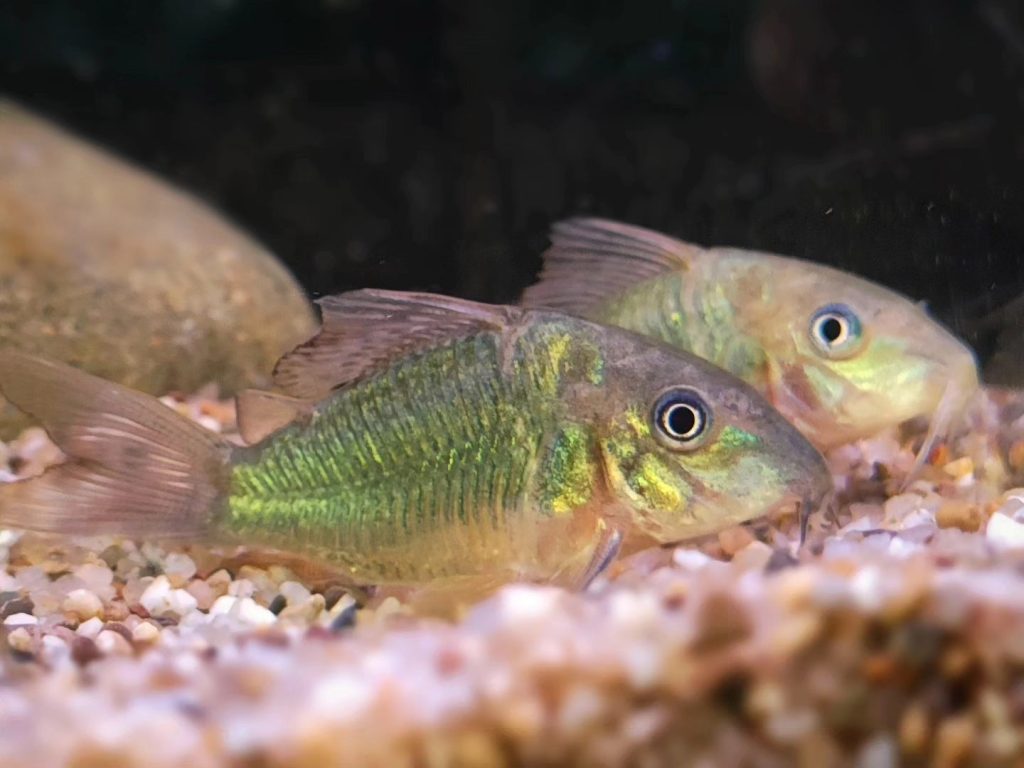
Ideal Tank Size
When considering the tank size for the Emerald Green Cory or Green Corydoras, the goal is to mimic their natural schooling behavior, which requires ample space. A minimum tank size of 30 gallons is often recommended to keep a small group of these fish healthy and happy. However, if you’re planning for a school of six or more adults, a more spacious 55-gallon tank is ideal. This allows for sufficient room for them to forage and interact without feeling cramped. For juvenile fish or a small number of individuals, a 25-gallon tank may suffice, but always aim for a larger environment to promote their well-being.
- Small Group (6 or less): Minimum 30 gallons
- School (6+ adults): Ideal 55 gallons
Ideal Water Parameters
The tropical waters of the Emerald Green Cory’s homeland influence their preference for water temperature, which should be kept between 68-72°F. This range encourages their natural behavior and supports good health. A pH range of 6.8-7.2 is right in their comfort zone, alongside a water hardness level (KH) of 8-10. These parameters will ensure your Emerald Green Corys are thriving and at ease in their aquatic surroundings.
- Temperature: 68-72°F
- pH range: 6.8-7.2
- Water hardness (KH): 8-10
Filtration
To replicate the clean and oxygen-rich waters Cory catfish are accustomed to, an efficient filtration system is indispensable. As bottom dwellers who enjoy grazing on uneaten food, they rely on pristine water conditions to prevent health issues. Consider integrating plants like Anubias around the filtration outlets to keep the setting natural and to help with keeping nitrates low. High nitrate levels can contribute to algae growth and can be harmful to your fish. Regular water changes with the help of tools like the Aqueon Aquarium Water Changer or Siphon Vacuum Gravel Cleaner can assist in maintaining water quality, ensuring your Corys have a healthy and sustainable environment.
- Filter type: High-quality, capable of catering to the tank size
- Water changes: Regular, using appropriate equipment
- Plants: Anubias or similar for natural filtration benefits
Lighting
As the Emerald Green Cory hails from shaded streams, moderate lighting suits their needs best. This mimics the dappled sunlight of their natural environments, creating a comfortable and stress-free setting. Pairing this with Aponogeton plants, which are accustomed to various lighting conditions, can provide both aesthetic and functional benefits to the tank. Consider the use of floating plants to subdue lighting further if trying to mimic breeding conditions or simply to provide more hideouts for these peaceful community fish.
- Lighting: Moderate, performs well with Aponogeton plants
- Breeding: Dimmer conditions with current and floating plants
- Subdued lighting: More comfortable for fish, potential breeding trigger
With the right aquarium setup, catering to the unique needs of the Emerald Green Cory, any aquarist can create a peaceful and natural environment for their community of green bodied fish friends to flourish.
Common Possible Diseases & Prevention
Emerald Catfish, like all aquarium residents, are susceptible to several health issues. They can develop bacterial and fungal infections, succumb to parasitic attacks such as ichthyology or internal parasites, and suffer from conditions including hole in the head, dropsy, and swim bladder disease. Ensuring their health involves diligent care.
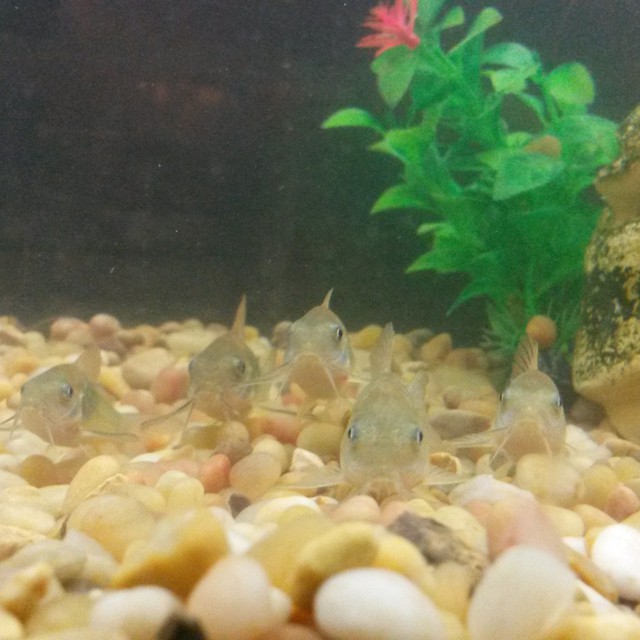
Prevention Strategies:
- Maintain Water Quality: Keep nitrate levels below 20 ppm with regular changes.
- Balanced Diet: Offer a variety of food to mimic their natural diet and reduce stress.
- Medication Caution: Use pimafix or melafix carefully, avoiding harsh treatments like potassium permanganate or copper-based solutions.
- Quarantine New Additions: Clean and isolate new plants, fish, or decorations before introducing them to the main tank.
Creating an environment close to their natural habitat is key for a stress-free lifestyle that minimizes the risk of disease. Their scaleless nature demands gentle treatment, particularly regarding medication, to avoid aggravating their condition.
By proactively managing the tank environment and maintaining optimal living conditions, aquarists can greatly reduce the chances of disease in their peaceful community of Emerald Catfish, fostering a thriving underwater ecosystem.
| Care Aspect | Strategy |
|---|---|
| Water Quality | <20 ppm nitrates, regular changes |
| Diet | Varied and natural |
| Medication | Scaleless-safe options |
| New Additions | Quarantine and clean |
Breeding Emerald catfish In Aquarium
Breeding Emerald Catfish, also known as Brochis splendens, is a challenging endeavor for aquarium hobbyists due to their tendency towards environment-specific spawning. These South American gems require particular conditions to reproduce successfully.
Key Steps for Breeding:
- Seasonal Simulation: Recreate specific weather patterns. Lower water levels and introduce slightly colder water to decrease the temperature, mimicking their natural spawning triggers.
- Dietary Prep: Before breeding attempts, feed them black worms to encourage spawning readiness.
- Tank Setup: Use soft substrates to protect sensitive barbels and heavily plant the area, providing a natural, comforting habitat for egg-laying.
- Tank Environment: Establish a strong current and dim lighting, with floating plants for ambiance. Place a weighted spawning mop for egg deposition.
The expected fry count remains low, as eggs are prone to fungi, and larvae survival rates can be minimal. By attentively crafting the spawning environment and providing optimal care, aquarists stand a chance to witness the rarity of Emerald Catfish propagation in their home aquariums.
| Breeding Requirement | Specifics |
|---|---|
| Temperature | Lower slightly with added cooler water |
| Water Level | Decrease to simulate natural conditions |
| Substrate | Soft, fine materials for barbel safety |
| Tank Environment | Strong current, subdued lighting, and heavy plants |
| Diet | Black worms before breeding |
| Spawning Aid | Weighting a spawning mop in the tank |
Are Emerald catfish Easy To Keep?
Absolutely, Emerald Catfish, with their scientific name Brochis splendens, are a top pick for novice and seasoned aquarium enthusiasts alike. Their hardy nature means they’re less demanding regarding care and can thrive in a range of water conditions. These green-bodied charmers hail from South American waters and are not only resilient but are also sociable. They enliven a tank with their active demeanor, making for an engaging aquatic display.
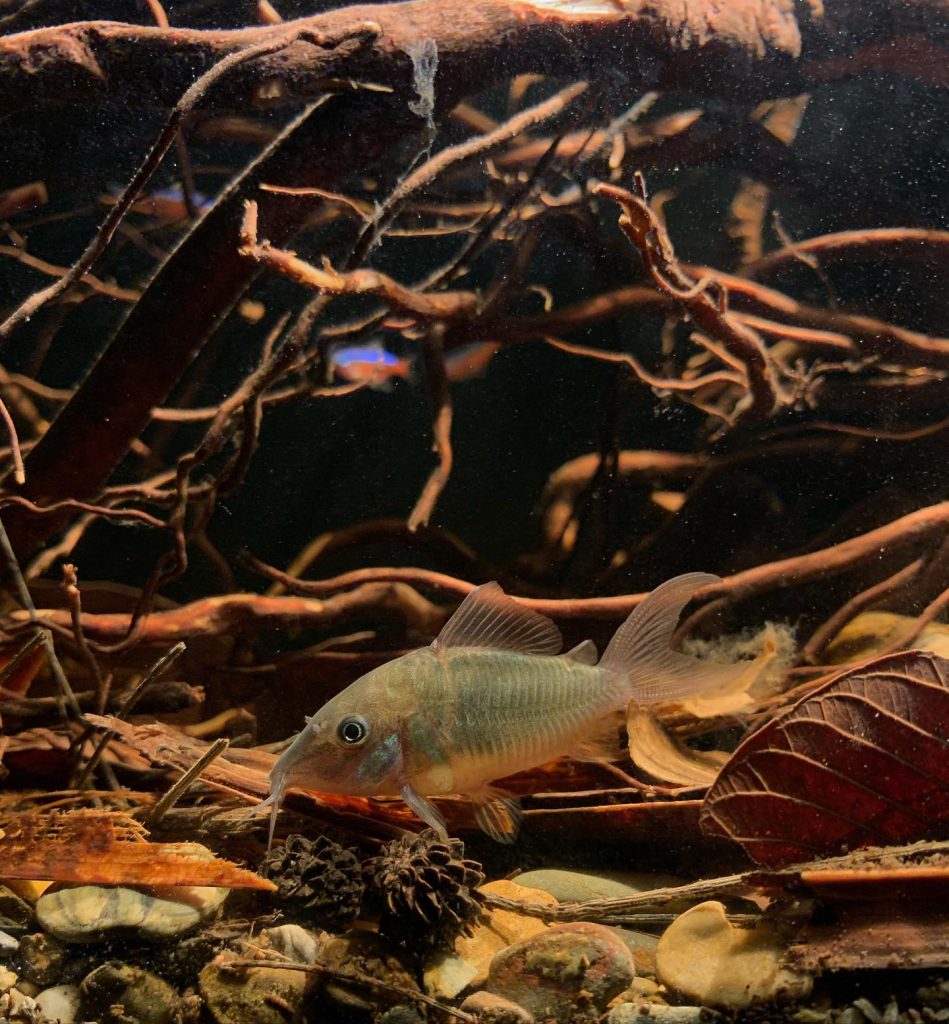
Emerald Catfish can even breathe internally, which lets them endure in settings with less oxygen – a true testament to their adaptability. They exhibit scavenging habits that can aid in maintaining the cleanliness of the tank by consuming uneaten food that settles at the bottom, further cementing their status as a low-maintenance species.
However, aspiring breeders should note that replicating their natural breeding settings can be a complex task as they require specific seasonal and environmental cues to reproduce in a home aquarium.
| Core Attributes | Description |
|---|---|
| Maintenance Level | Low – resilient and adaptable |
| Social Behavior | Sociable and active for entertainment |
| Unique Ability | Capable of intestinal breathing |
| Breeding Difficulty | High – requires precise conditions |
| Cleaning Contributions | Scavengers of uneaten food, natural tank cleaners |

